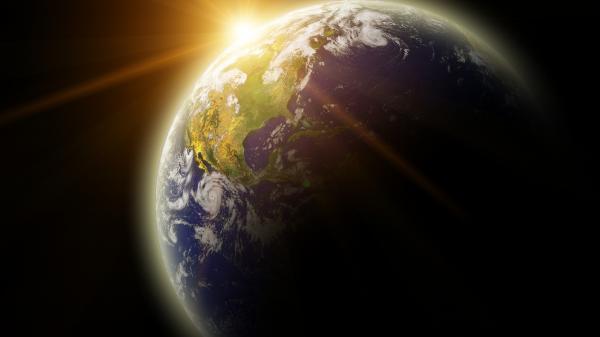Did the Mayan Calendar Predict The End?
The Mayan calendar ended one of its great cycles in December 2012, which fueled predictions about an apocalypse on December 21, 2012 at 11:11(UTC).

Not the end after all.
©iStockphoto.com/Igor Tchaikovsky
Countdown to December 21, 2012, 11:11 UTC
One theory suggests a galactic alignment which would create chaos on Earth because of the gravitational effect between the Sun and the Black hole called Sagittarius A, which is located at the center of our galaxy.
Another theory involves a 'polar shift', which means a reversal of the north and south magnetic poles.
Scientists believe that the Earth is overdue for a geomagnetic reversal. However, this can take up to 5,000 years to complete and does not start on any particular date.
Our Mayan Calendar Countdown was very popular at the time.
Just a New Beginning
NASA scientists have thoroughly studied and analyzed the possibility of the Earth ending in 2012, and have concluded that 21st December 2012 will be nothing more than a normal December solstice.
There is simply no scientific evidence to support any claims of an apocalypse on Earth on December 21, 2012.
No Planetary Alignment
In response to theories about planetary alignments leading to an apocalypse on Earth on December 21, 2012, scientists say no planetary alignments are likely to occur in the next few decades. And even if they did, the effects on our planet would be negligible.
NASA scientists also claim that the 'polar shift' theory is totally impossible. Although continents move slowly throughout time, a magnetic reversal is very unlikely to happen in the next few millennia and would not cause any harm to life on Earth.
The scientists' conclusion is that the end of the Mayan calendar does not imply the end of the world, only the end of the Mayan long-count period. The 'long count' is a part of the Maya calendar, which is shaped like a wheel.
When we reach the end of the wheel, it will turn to the beginning again, just like our modern Gregorian calendar starts again every January 1.